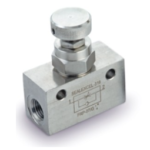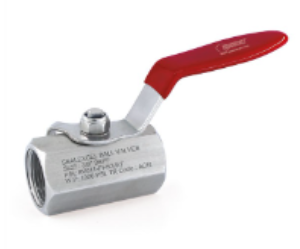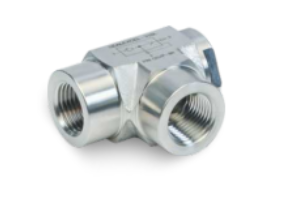
Common Mistakes to Avoid When Installing Pneumatic Pipe Fittings
April 5, 2023
Pneumatic Flow Control Valve Operations: Mastering a Comprehensive Guide
December 14, 2023Choosing the proper pneumatic air pipe fittings is one of the most critical steps when setting up pneumatic systems. Pneumatic air pipe fittings connect pneumatic equipment like valves, cylinders, and air motors to pipes or hoses to create a system that can send compressed air. It is essential to choose the proper fittings to ensure the system works well and safely. This post will discuss some things you should consider when selecting pneumatic air pipe fittings.
Material
The material is one of the most important when choosing pneumatic air pipe fittings. The material chosen to manufacture the fitting will decide how long it will last, how well it will hold up to wear and strain, and how well it will withstand chemicals. Brass, stainless steel, aluminum, and plastic are the most prevalent materials for pneumatic fittings. Brass is often used since metal doesn’t rust and lasts long. Stainless steel is the best choice when exceptional strength and durability are needed. Aluminum fittings are light and don’t rust so they may be used in many ways. Plastic fittings are excellent for anything that need to be cheap and light.
Size
Another essential thing to think about is the size of the pneumatic air pipe fitting. The diameter of the pipe or hose to which the fitting will be connected must match the size of the fitting. Leaks may happen if you choose the incorrect size fitting, hurting the pneumatic system’s work. So, it’s necessary to make sure that the diameters of the fitting and the pipe or hose are the same.
Type
The kind of fitting is another crucial thing to think about when choosing pneumatic air pipe fittings. There are several kinds of fittings, such as straight, elbow, tee, and cross. Consecutive fittings join two pipes or hoses in a straight line, whereas elbow fittings connect two pipes or hoses at an angle. With a tee fitting, you can join three pipes or hoses at right angles to each other. With a cross fitting, you can connect four pipes or hoses at right angles to each other.
Thread Type
The kind of thread is another essential thing to think about when choosing pneumatic air pipe fittings. In many places across the globe, people utilize metric threads. It is vital to pick the suitable thread type to get a good seal between the fitting and the pipe or hose.
Pressure Rating
Another crucial consideration is how much pressure the pneumatic air pipe fitting can handle. The pressure rating tells you how much pressure the fitting can take before it leaks or breaks—finding a fitting with a suitable pressure rating for the pneumatic system. Fittings with a higher pressure rating may handle more force but may cost more.
Choosing the correct pneumatic air pipe fittings is essential for ensuring a pneumatic system works well and safely. When selecting fittings, it’s necessary to consider the material, size, type, thread type, pressure rating, and thread type. Considering these things, you can be sure that the fittings you pick will work well with your pneumatic system and survive for an extended period.




